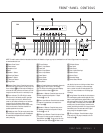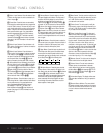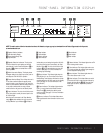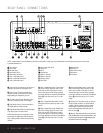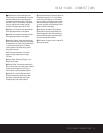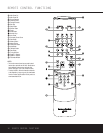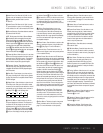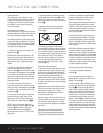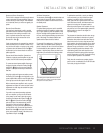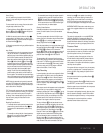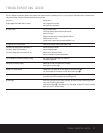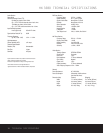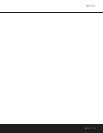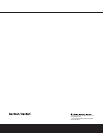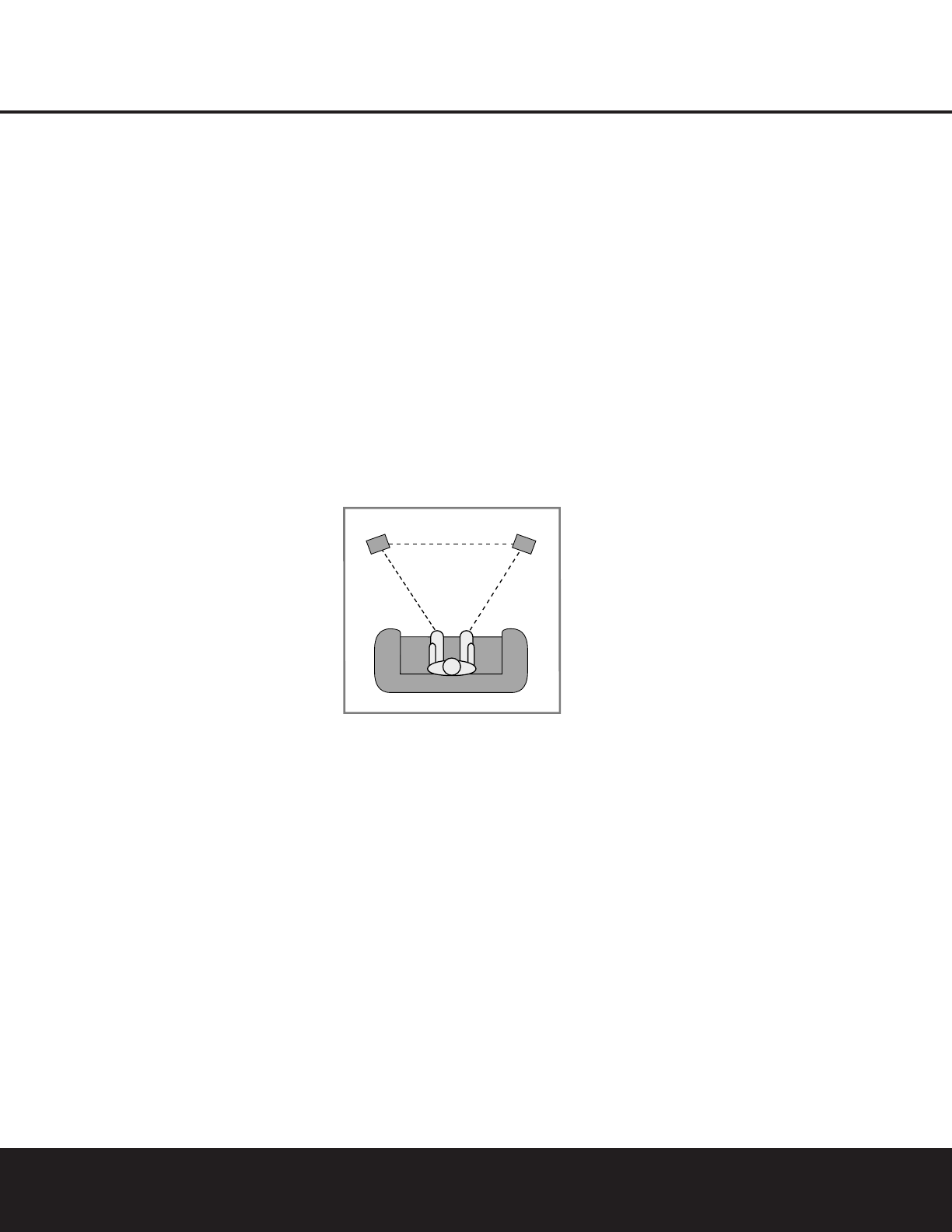
INSTALLATION AND CONNECTIONS 13
INSTALLATION AND CONNECTIONS
System and Power Connections
The HK 3380 is designed for flexible use with external
control components and power amplifiers.These con-
nections are easy to make during an initial installation,
or at a later date, should you choose to upgrade your
system.
Remote Control Extension
If the receiver is placed behind a solid or smoked
glass cabinet door, the obstruction may prevent the
remote sensor from receiving commands. In this
event, an optional remote sensor may be used.
Connect the output of the remote sensor to the
Remote IR In Jack °.
If other components are also prevented from receiving
remote commands, only one sensor is needed.They
may use this unit’s sensor or a remote eye by running
a connection from the
Remote IR Out Jack ‡ to
the Remote In jack on Harman Kardon or other com-
patible equipment.
External Audio Power Amplifier Connections
If desired, an optional, external amplifier may be used
in place of the HK 3380’s internal power amplifier.
To connect an external power amplifier, first remove
the jumper pins that connect the
Preamp Out ‚
and Main In ⁄ jacks on the rear panel. Keep the
jumpers in a safe place should they be needed at a
later time.
Using high-quality audio interconnect cables, connect
the
Preamp Out Jacks ‚ to the input jacks on your
power amplifier. Make certain to match the right output
to the right input and the left output to the left input.
When an external power amplifier is used, no special
adjustments are required.All volume and other control
adjustments are made using the standard front-panel
or remote controls.
If you wish to use external processing equipment,
such as an equalizer, you may connect the device
to the preamp-out and main-in jacks by removing
the jumper pins between the
Preamp Out ‚ and
Main In ⁄ jacks. Connect the Preamp Out ‚
jacks to the inputs of the external device, and the
outputs of the device to the
Main In ⁄ jacks.
Alternatively, you may connect the external device to
the Tape Monitor Loop. Connect the
Tape Monitor
Record/Out Jacks
∞ to the inputs of the external
device, and connect the outputs of the device to the
Tape Monitor Play/In Jacks ¢.
AC Power Connections
The Accessory Outlets fi are switched outlets and
receive power as long as the receiver is turned on.
Power to these outlets is removed when the unit is in
the Standby mode.
Speaker Placement
For optimal listening enjoyment, and for soundfield
reproduction that best re-creates the original record-
ing, it is good practice to place the speakers so that
they form a triangle with the speakers at the front of
the room, and the preferred listening spot at the third
point of the triangle.The distance between each
speaker and the listener should be identical.
For example, if the speakers are 10 feet from one
another, each of the speakers should optimally be
placed so that they are also 10 feet from the listener.
It is also desirable to place speakers so that their
tweeters, or high-frequency drivers are aimed at ear
height when you are seated in the listening position.
A good starting point for speaker placement is to make the
distance between the two speakers,and the distance between
either speaker and the listener, identical.
To optimize the sound field,or to suit your listening
room environment, you may find that some experi-
mentation is required to find the correct location.
Ideally, pans from left to right across the front of the
room should sound smooth, and instruments should
appear to be coming from the proper location to
where they would be placed in an orchestra.You may
also prefer to “toe-in” the speakers slightly toward the
listening position, as shown in the diagram, for
improved imaging.
The placement of subwoofers should be done as sug-
gested in the manufacturer’s instructions. In general,
subwoofers often produce best results when they are
placed in the corner of a room, along the same wall
as the speakers, but optimal placement will vary widely
depending on room size, the subwoofer type and the
placement of rugs and furniture in a room. It may be
helpful to temporarily position the subwoofer in the
usual listening position, then walk around the room
while program material is playing until the bass repro-
duction sounds best to your ears.That location is likely
to be the optimum position for the subwoofer.
Finally, when all connections are complete, plug the
power cord into a nonswitched 120-volt AC wall outlet.
You’re ready to enjoy the HK 3380!
Right
Speaker
Left
Speaker



